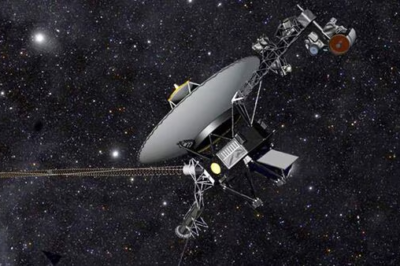
NASA’s Voyager 1 spacecraft has resumed sending data back to Earth after a hiatus of nearly five months due to a technical glitch, marking a significant step in its ongoing mission. The spacecraft, which is now the most distant human-made object in space, encountered issues with its flight data subsystem (FDS), which packages and transmits both science and engineering data back to Earth.
The problem began when it was discovered that a crucial memory chip within the FDS was not functioning correctly. This chip was essential for storing a part of the FDS computer’s software code. With the chip failing, the data sent back to Earth was rendered unusable despite the spacecraft’s ability to continue receiving commands and operating normally.
After months of troubleshooting, engineers at NASA’s Jet Propulsion Laboratory (JPL) in Southern California devised a solution. Unable to repair the chip itself, the team opted to reconfigure the spacecraft’s remaining operational memory to accommodate the vital code. However, due to space limitations, the code had to be split and stored in different sections of the memory.
This innovative approach allowed Voyager 1 to restart its data transmission, providing updates on its systems’ health and status for the first time since November. NASA’s ability to adapt the spacecraft’s older technology to overcome this challenge underscores the ingenuity and persistence of the Voyager team.
As Voyager 1 continues its journey into interstellar space, now over 14 billion miles from Earth, it remains a critical source of information about the outer reaches of our solar system and beyond. This recovery ensures that Voyager 1 can continue to contribute valuable data to our understanding of the cosmos, despite the vast distances and technical challenges involved.








































Leave a Reply